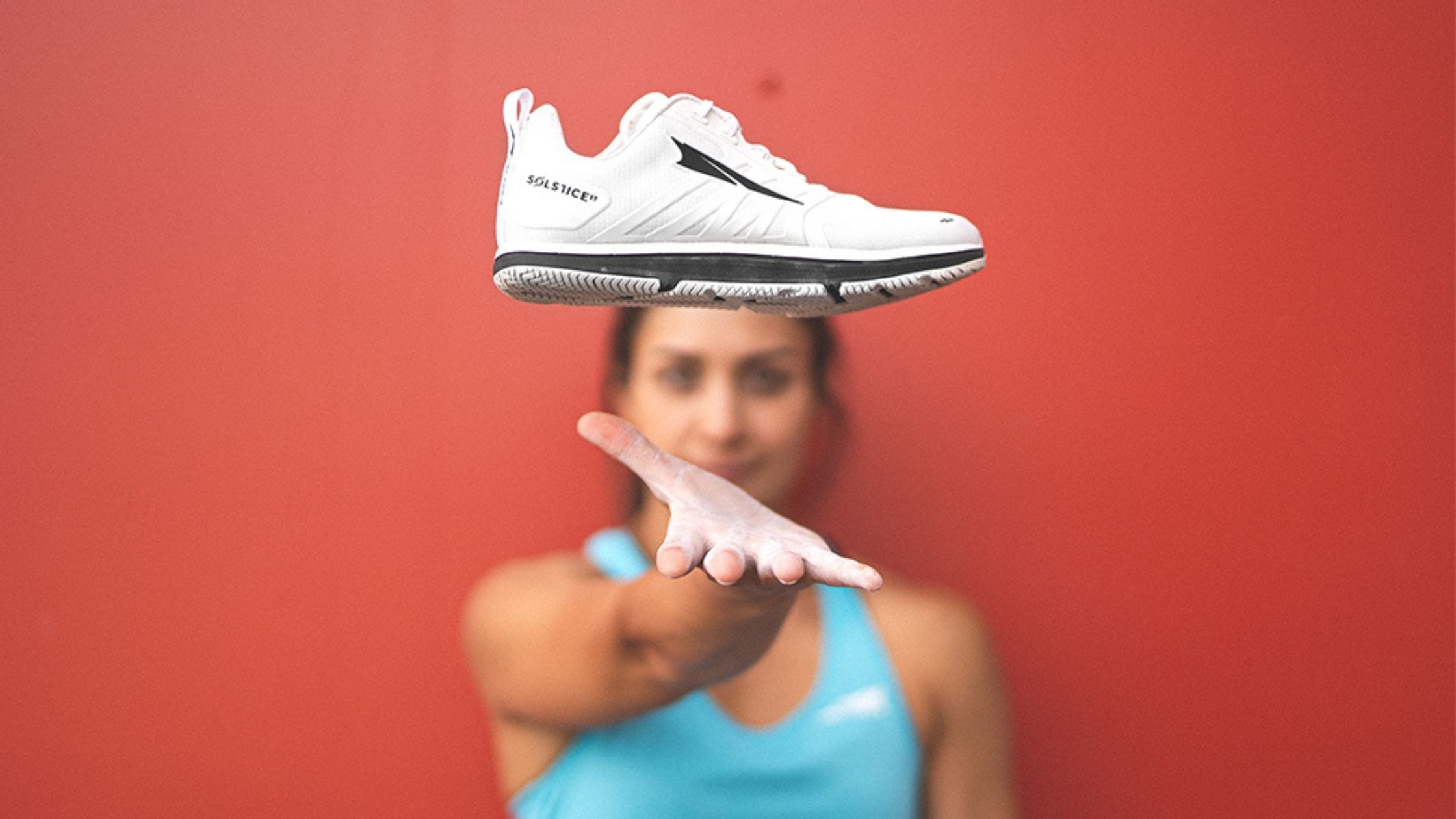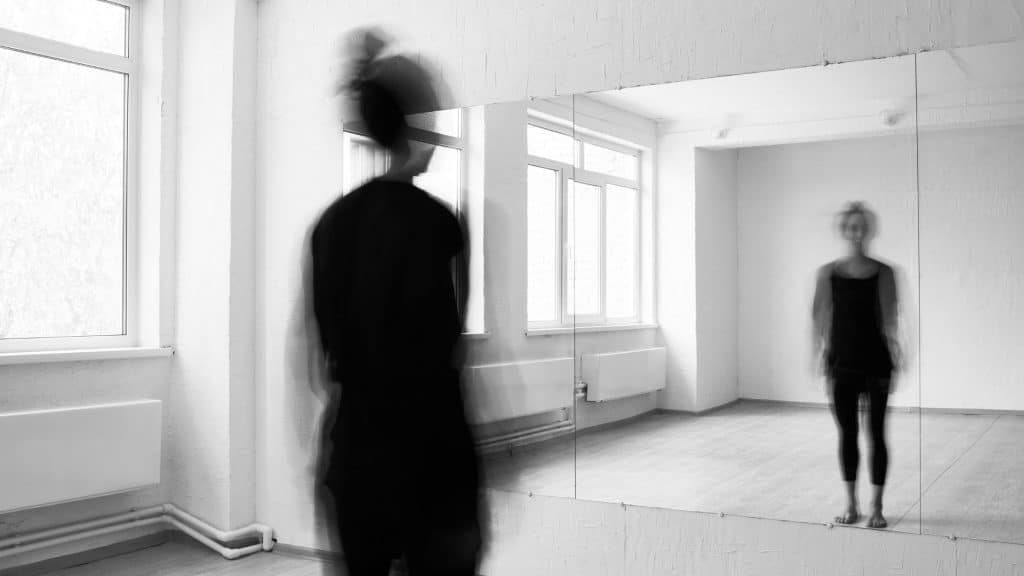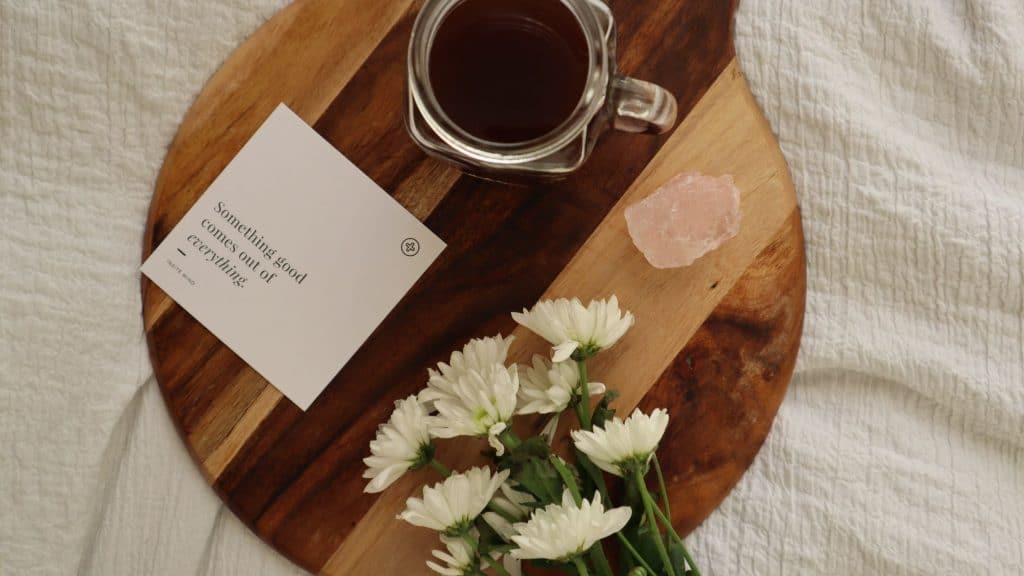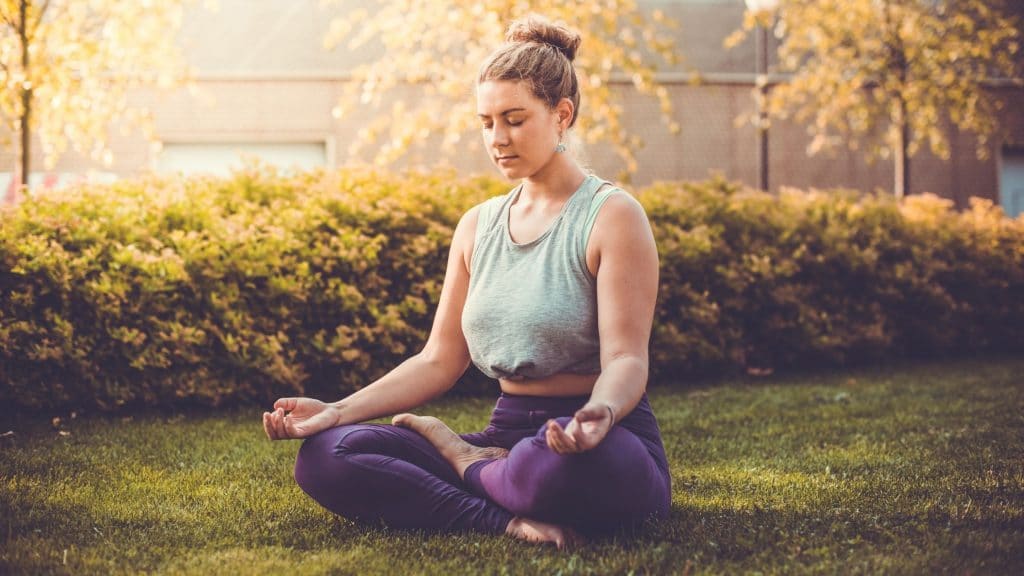

Disclosure: Some of the links in this article are affiliate links, which means that if you purchase through those links I will receive a small commission. For example, as Amazon Associate, I earn from qualifying purchases. If you decide to use these links, thank you!
Consider how many thoughts a day you have about your body. Are your thoughts and feelings comfortable and self-assuring? Or do you find yourself thinking negative thoughts or even saying, “I hate my body”?
Unfortunately, most women can relate more to the second statement.
Yet, we know that body image is not static. It’s a shifting, changing perception that can transform for the better.
Today I will explain exactly what body image is and ways to challenge negative thoughts and feelings about your body. So that you can have a full and meaningful life in the body you have.

Let’s start by breaking down body image so that we can fully understand what we’re dealing with.
Because with any obstacle you are facing it can help to deconstruct the thoughts and feelings that are surrounding it. This can help to change your perspective and see things more clearly.
I like to think of body image as being just like any other obstacle. Although, I know it can take much longer to dissolve negative thoughts that constantly pop up. But with practice, challenging these thoughts will start to become natural to you. And you can fundamentally change how you think about yourself.
By definition body image is:
The mental representation an individual creates of their physical self and the thoughts and feelings that result from that perception. Yet, the perception may not bear any relation to how one actually appears.
National Eating Disorders Collaboration
As this definition shows, body image isn’t a simple, one-dimensional construct. In fact, according to National Eating Disorders Collaboration, body image is comprised of four elements:
How you see yourself is your perceptual body image. This is not always an accurate representation of how you actually look. For example, a person may see a defect in their appearance that no one else notices or can even see.
There are things you may like or dislike about the way you look. Your feelings about your appearance, weight, shape and body parts is your affective body image.
Some people believe that they will feel better about themselves if they are thinner. Others believe they will look better if they have more muscle. The way you think about your body is your cognitive body image. This can also include experiences related to your physical functioning, such as fitness, health, athletic skills, and coordination.
When your body image is positive, you are able to accept, appreciate, and respect your body. You may not always think your body is perfect, but you will be able to acknowledge any insecurities for what they are.
When your body image is negative, you may use destructive behaviors such as excessive exercising or dieting as a means to change your appearance. Some may isolate themselves because they feel bad about the way they look. Behaviors that you engage as a result of your body image encompasses your behavioral body image.
Learning to love ourselves is hard—it takes time to figure out why we feel the way we do about our bodies. It takes time to heal from our negative thoughts.
Yet, we can use what we just learned to transform the way we see, feel, and think, and behave toward our bodies.

It’s difficult to realize that what you see in the mirror may be different than how you really look. Yet, if you’ve been hating your body for years, chances are you don’t see your body correctly anymore. For instance, a friend may look at you and see a beautiful woman, while all you see are flaws and imperfections.
How you see your body in the mirror can even change over the course of the day. This could be influenced by how you feel about what you ate that day, how often you check your appearance in the mirror, if you are having a stressful day, etc. This is because our emotions can make it difficult to see ourselves objectively.
It can be helpful to remind yourself that you may not be seeing yourself correctly (yet). Simply ask yourself: “What if I’m not seeing myself clearly right now?” “What if I don’t look the way I think I do?”
Focus on a neutral body part. Practice putting your focus on a body part that you know isn’t changing by the day or by the hour. For example, put the focus on a finger or your ear lobe. By doing this, you take the attention off the rest of your body and practice seeing your body more accurately.
Pay attention to what your body can do. A study published in Body Image: An International Journal of Research explored one powerful change you can make to see your body in a different way: focus on what your body can do.
Participants of this study were asked to complete a writing exercise to describe the functions that their body can perform. They were also asked to explain why these functions are personally meaningful.
To try this exercise, complete the following sentence with as many answers as you can. The sentence is….
My body can________________
Examples:

Self-compassion allows us to acknowledge that beauty comes in all shapes, sizes, colors, and abilities. It means being kind to yourself and recognizing that you are human (and not perfect).
Self-compassion has been found to be crucial for reducing stress, depression, overeating, under-eating, AND it seems to buffer against negative body image.
So, how can you be more self-compassionate?
Consider how you’d treat someone else. The simplest thing you can do is to imagine what you’d do if someone you cared about came to you feeling the way you do about yourself. What would you say to that person? How would you treat them? It can help to write these thoughts down as if you are writing a letter to a friend.
Comfort yourself with a physical gesture. Kind physical gestures have an immediate effect on our bodies, activating the soothing parasympathetic system. For instance, place your hands over your heart or simply hold your arm.
Look at a photo of yourself as a child. This idea came from Summer Innanen’s Body Confidence Makeover. Essentially, you look at an image of yourself as a baby or a young child. You think about what you would say to the child version of yourself. For instance, we would never in a million years say that a young child has a “muffin top” (I hate that term by the way) or is “too big”. You would say, wow, what a cute, precious baby. Guess what, your adult self is precious too!

There is a form of psychotherapy called Cognitive-Behavioral Therapy (CBT) that focuses on changing patterns of thinking or behavior in order to change an emotion.
It can help you recognize and challenge negative thoughts that may be keeping you from appreciating your body. These are CBT strategies used by psychologists that you can try:
Find new opportunities to think positive thoughts. Make a list of your strengths, qualities, achievements, and abilities. You may then find it helpful to read through this list on a daily basis, perhaps in the morning first thing or else at the end of the day. This can help to boost your self-esteem and help you to focus on positive thoughts rather than being preoccupied by negative thinking patterns.
Use positive affirmations to change your mindset. A positive affirmation is a brief phrase, repeated frequently, which is designed to encourage positive feelings, thoughts, and attitudes. Affirmations do work because what you think is likely to become the truth. Here are a few examples to get you started: I am complete just the way I am. I deserve to be treated with love and respect. My body can do awesome things.
Avoid making body comparisons to others. Everyone is unique and differences are what makes a person special. Admiring the beauty in others can be positive for your own body confidence but it is important that you appreciate and accept yourself as a whole in order to feel more comfortable in your body.
Rethink how you speak about your body — and the bodies of others. We can all refuse to engage in conversations about other people’s bodies. By choosing to not engage in appearance-based conversations, we can influence others and focus on more important things than appearance.

Body image, whether positive or negative, has an influence on your behavior and decisions.
For instance, studies show that positive body image is related to intuitive eating. This is a healthy relationship with food and responsiveness to your body’s natural hunger signs.
On the other hand, women that criticize their weight are three times more likely to develop a binge eating disorder and depressive symptoms (source).
These are just two examples of behaviors that could stem from body image. Other examples include appearance checking, avoidance of looking at yourself in the mirror, weighing yourself every day, overexercise, and dieting.
I would like you to think about what behaviors or actions you take due to your body image? Do these behaviors support your body? If your answer is no, these are some things that could be helpful:
Take care of your body. Do something that makes your body feel good. This might be a yoga class, taking a nap, walking, stretching, a bath, etc.
Spend some time on social media. Yes, you read that right. First, track down accounts you follow that focus on dieting, weight loss, and filtered images that make you feel less worthy. Unfollow them. Then, find accounts that promote a more loving and accepting view of body image. Some accounts that I love to follow on Instagram are @life.with.carly, @tribal_strength_training, @karawestrupnutrition, and @loveyourbellymovement.
Feed yourself well. Mindful eating and enjoying foods that nourish your body can help you develop a love of and respect for your body. Intuitive eaters eat when they are hungry, eat without guilt, and listen to their body’s signals to tell when they are full.
Question your intentions for exercise. Studies have found that exercising for pleasure, health, and well-being is associated with positive body image. On the other hand, exercising for appearance-related and other controlled reasons (such as to burn calories) is inversely related to a healthy body image.
This is a very difficult mindset to change. One thing that helped me was to start strength training. It helped me to improve my self-confidence as well as my physical and mental strength. For more information please read:
Strength Training: Be MORE and Change Your Life
My goal is to provide you with actions you can take to start feeling better about the body you’re in and to help you live a full and meaningful life.
This process may seem overwhelming, yet it can help to just choose one thing. Just one step that you will commit to can make a big change in your life.
If you feel like you would like professional support to guide you, please refer to the American Psychological Association psychologist locator.
If you are in emotional distress and need help immediately, please contact The National Suicide Prevention Lifeline. This is a national network of local crisis centers that provides free and confidential emotional support to people in suicidal crisis or emotional distress 24 hours a day, 7 days a week.
5 Body Positive Fitness Goals to Inspire You
A Simple Way to Get Started with Intuitive Eating
Ditch The Scale: Your Body and Mind Will Thank You
Powerful Intuitive Eating Strategies to Cope with Stress Eating



